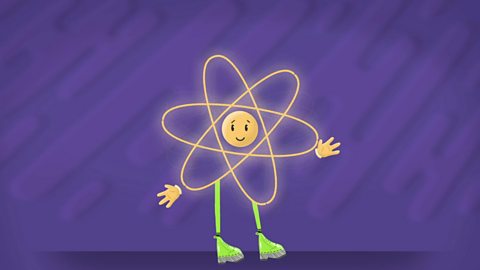What is biomass energy?
Biomass is a renewable energy type which uses organic matter (âliving thingsâ) to make fuel or generate electricity.
In this article you can learn:
- What biomass is
- Different ways to use energy from biomass
- Different sources of biomass energy
- What the advantage and disadvantages of biomass energy are
This resource is suitable for energy and sustainability topics for primary school learners.
Video - What is biomass energy?
In this video, learn what biomass energy is and how it works.
Watch this short video to find out what biomass is and how it can be used as an energy source.
Meet Biomass â he's an important source of energy.
You wouldnât want to invite him round to tea at your grannyâsthough.
He can be⊠you know⊠a bit gassy.
Biomass just means âliving stuff',
so itâs anything that comes from plants, or animals, which can beconverted to energyâŠ
âŠlike burning wood to heat homes, or to generate electricity.
That burning releases carbon dioxide, but only as much as agrowing tree absorbs.
So, if we keep growing as many trees as we burn, weâre notadding to the carbon dioxide in the atmosphere.
But youâre not just about wood, are you Biomass?
You can⊠hmm⊠yes⊠you can also make liquid fuel.
Like diesel made from sugarcane, or alcohol made from corn which can be used to power vehicles.
Thereâs one other big way that Biomass can provide us withenergy, and thatâsâŠ
euchhh. Thatâs the really smelly stuffâŠ
You know the little food waste bins you have in your house?WellâŠ
Deerdykes Bio-resources Centre in Cumbernauld takes all thosebits of pizza crust and apple cores and processes them in ananaerobic digester.
The digester captures the natural gas given off as the food rotsand uses it to generate heat and electricity.
At Daldowie Fuel Plant near Glasgow they deal with raw sewage.
Nice.
After the water has been separated and cleaned, theyâre left withthousands of tons of brown sludge.
They process it into dried pellets, which are then burnt instead ofcoal or gas, saving a lot of carbon emissions.
So, Biomass is renewable and he can use our waste to makeenergy.
On the downside, growing crops for fuel uses a lot of land, and burning biofuels does cause pollution.
And he can be a bit smelly.
Uurrrggghhh! Oh no. No, Iâm sorry, Iâm off.
Thatâs too muchâŠ
Why is biomass energy useful?
biomassAn important energy source which is converted from materials made from plants and animal. uses waste from plants or animals that can be converted to energy. Examples of biomass are plant matter, food waste and human and animal waste. Biomass can be gassy and smelly and when we burn biomass it gives off smoke.
There are three ways we can make use of biomass energy:
- Burning (such as burning wood)
- Rotting (when food and some types of wood rot they release methane gas that can be used as fuel)
- Growing crops as a source of biofuel
All the energy in biomass comes from the same original source: the Sun.
Biomass is made from living things.
All living things grow and gain energy from the Sun. Plants gain energy directly from sunlight. Animals gain energy from eating plants.
They all store this energy as chemical energyA type of stored energy. It is taken in when chemical bonds break, and given out when chemical bonds are made.. Biomass energy releases this chemical energy so that can be changed into useable heat energy, kinetic energy or electrical energy.
Types of biomass
Using plants

We can burn trees and wood to use the energy given off.
Some people say this is not a good idea because it is destructive and gives off air pollution.
Burning wood only releases as much carbon into the atmosphere as the tree that it comes from absorbed as it grew.
If we plant new trees, they will absorb roughly the same amount of carbon that burning trees will release, but this can take many years.
Balancing out the carbon released and carbon absorbed is known as being carbon neutral. By not burning non-renewable energy sources, such as coal or gas, or trees that are never replanted, we are trying to save on carbon emissions
This is a cycle that we can keep on repeating, meaning that over a long time this process can count as renewable Something that does not run out when used. .
We also need to think about what cutting down trees does to their local environment. Trees provide a home for wildlife that is lost if they are removed. Trees that are left to grow longer keep absorbing carbon. And when trees die naturally they rot away and their nutrients help keep the soil healthy so other plants can grow.
We also convert crops into liquid biofuel. For example, biodiesel can be made from sugar cane and used to fuel cars instead of diesel from oil.
A type of alcohol called ethanol can be made from corn and be can also used as biofuel for vehicles.

Food waste
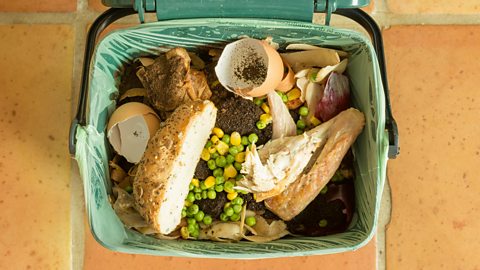
Most homes and schools have food waste bins to collect leftover food and food waste.
It is collected and taken to a recycling centre where an anaerobic digester processes it.
As the food rots, it produces natural gas. This is captured and used to generate electricity and heat.
We can be responsible citizens and do our bit for Planet Earth by recycling our food waste. Learn more about food waste here: Food waste

Human and animal waste
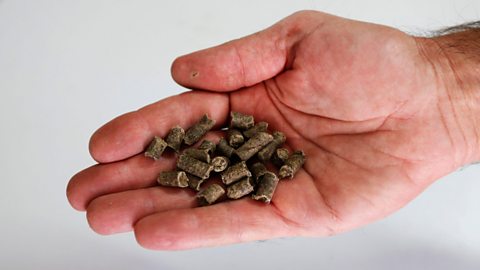
Another type of biomass energy is human and animal waste - rare sewageHuman waste is the waste our bodies produce as part of the digestive process. It can be processed and used as a source of energy..
Sewage is treated which means the water is separated and cleaned, leaving lots of brown sludge.
This is processed and gets turned into dried pellets which can be burned instead of coal or gas.
By not burning non-renewable energy sources, such as coal or gas, we are saving on carbon emissionsThe release of carbon into the Earthâs atmosphere. This contributes to climate change..

Uses for biomass energy
Biomass energy can be used in several different ways. Some examples are:
Liquid fuel for vehicles
Electricity for homes and buildings
Heating water
In some developing countries, biomass fuel such as charcoal is used as an important energy source for cooking and heating
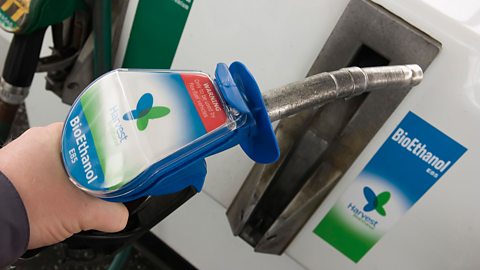
What are the advantages and disadvantages of biomass?
Advantages of biomass
It can create fuel for various uses, not just electricity.
It is renewable Something that does not run out when used. , as crops and plants will continue to grow (but only if we keep replacing them) and humans and animals will continue to produce waste.
It uses our waste to create energy. This means our waste can be re-used for a positive purpose!
Disadvantages of biomass
It takes up a lot of land to grow enough trees and crops to generate useful energy. This can reduce space for animal and human habitats.
In some countries, families have lost their homes because their lands have been taken for crop growing.
Habitats like ancient forests are destroyed when trees are cut down and made into biomass for burning.
Burning biofuels is still not good for the environment as it releases carbon dioxide and other harmful gases into the atmosphere.
Burning any form of wood gives off air pollution (smoke and dust) which is bad for human health (especially if you have asthma or heart disease) and animal health.
It can be smelly. Thatâs a downside, especially if you live near a recycling centre or a sewage treatment plant!

Key words about biomass energy
Sorry, something went wrongCheck your connection, refresh the page and try again. â An important energy source which is converted from materials made from plants and animals.
Sorry, something went wrongCheck your connection, refresh the page and try again. â The waste that comes from living plants and animals that is beginning to breakdown and decay.
Sorry, something went wrongCheck your connection, refresh the page and try again. â The release of carbon into the earthâs atmosphere, which contributes to climate change.
Sorry, something went wrongCheck your connection, refresh the page and try again. - About three quarters of carbon emissions are carbon dioxide gas. This can stay in the atmosphere more that one hundred years.
Sorry, something went wrongCheck your connection, refresh the page and try again. - About one fifth of carbon emissions are methane gas. Methane stays in the atmosphere for about ten years.
Sorry, something went wrongCheck your connection, refresh the page and try again. â This is when the amount of carbon that is released into the atmosphere is the same as the amount of carbon that is absorbed from the atmosphere.
Sorry, something went wrongCheck your connection, refresh the page and try again. - Gases and particles (like dust or smoke) in the air that can damage the environment, plants, animals and human health.
Sorry, something went wrongCheck your connection, refresh the page and try again. â Fuel made from biomass that can be used to heat homes and power cars. In some developing countries biofuel is also used for cooking. A biofuel can come in the form of a solid, liquid or gas.
Sorry, something went wrongCheck your connection, refresh the page and try again. â A fuel that is made from crops and can be burned or used as a fuel to power cars and other types of engine.
Sorry, something went wrongCheck your connection, refresh the page and try again. â When we recycle our food waste some of it is taken to a recycling plant and placed in an anaerobic digester. This process allows food waste and other types of waste to rot and be broken down to produce biogas, which can be used generate heat and electricity.
Sorry, something went wrongCheck your connection, refresh the page and try again. â Human waste is the waste our bodies produce as part of the digestive process. It can be processed and used as a source of energy.
Test your knowledge
Quiz
Challenge

Before recycling your food waste, weigh each bag of food waste that you and your family produce.
Use scales to find out how many kilograms of food waste you will be sending to the Recycling Centre and add it up over the course of the week.
Remember to ask for your parentsâ permission and their help when using scales and handling the bags of food waste.
Want an extra challenge?
Record this information in a table over 4 weeks.
Are there any weeks where you produce more or less food waste than others?
By recycling our food we are helping the environment in lots of different ways.
It's even better if you use up more food and waste less!
Can you think of how you can reduce your familyâs overall food waste?
Food waste. revision-guideFood waste
Find out more about food waste in this article
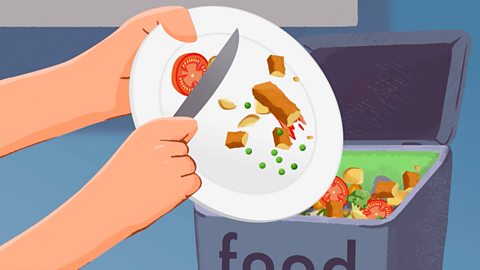
Food and sustainability. revision-guideFood and sustainability
Learn about the impact of food choices on the environment.

More on Energy sources and sustainability
Find out more by working through a topic
- count6 of 14

- count7 of 14
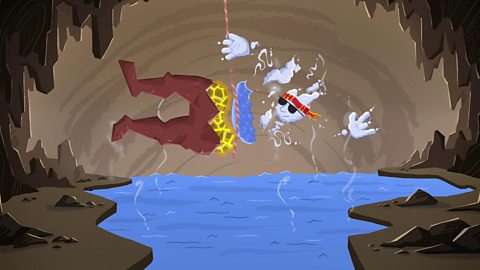
- count8 of 14
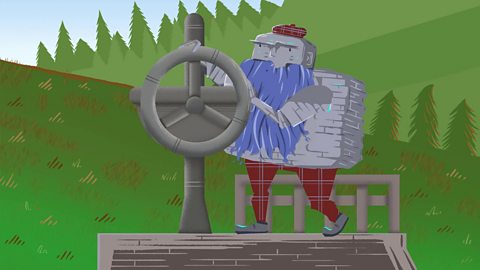
- count9 of 14
